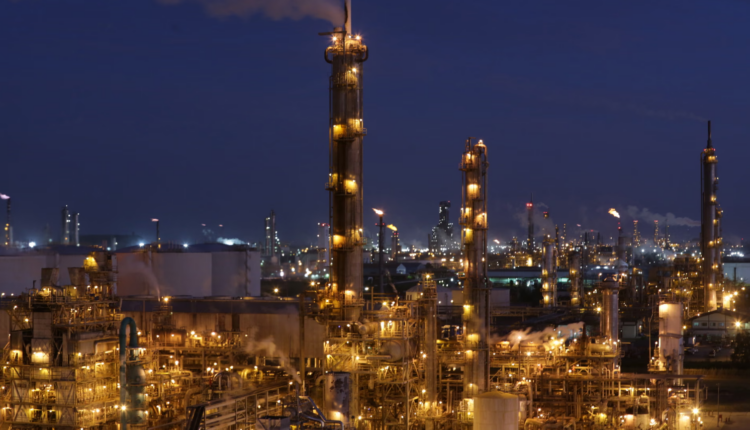Trinidad and Tobago Faces Defining Moment as Oil Production Declines
Trinidad and Tobago, long known as the Caribbean’s energy powerhouse, is confronting one of the most critical moments in its modern history as oil production continues to fall sharply.
Once producing more than 278,000 barrels per day at its peak in the 1970s, the country now extracts fewer than 54,000 barrels daily. The shutdown of the nation’s sole refinery in 2018 signaled the seriousness of this decline. While natural gas has helped offset lost revenues, experts warn that reserves may last only about a decade at current extraction rates.
The country’s economy has been deeply shaped by oil and gas wealth. Revenues from hydrocarbons funded infrastructure, schools, and a growing middle class. But dependence has also fueled corruption, inequality, and public debt. Now, with energy earnings shrinking, unemployment is climbing and social services are under strain.
Economists and environmental advocates argue that this moment offers an opportunity to diversify the economy. They point to agriculture, manufacturing, tourism, and the creative industries as sectors that could generate sustainable growth if properly supported.
At the same time, the government is exploring both old and new paths. It recently signed a deepwater exploration agreement with ExxonMobil, reflecting hopes that new reserves could be discovered offshore. Yet officials have also announced early-stage plans for a green hydrogen strategy and offshore wind development, signaling some movement toward renewable energy.
Trinidad and Tobago also faces growing pressure from climate change. Rising seas and stronger storms threaten the islands, while the global transition away from fossil fuels risks leaving energy-dependent economies behind.
Observers say the country stands at a “defining moment,” caught between its fossil fuel past and a low-carbon future. The choices made in the coming years—whether to invest heavily in renewables or continue chasing dwindling oil and gas reserves—will determine whether the nation can secure long-term stability and sustainability.

